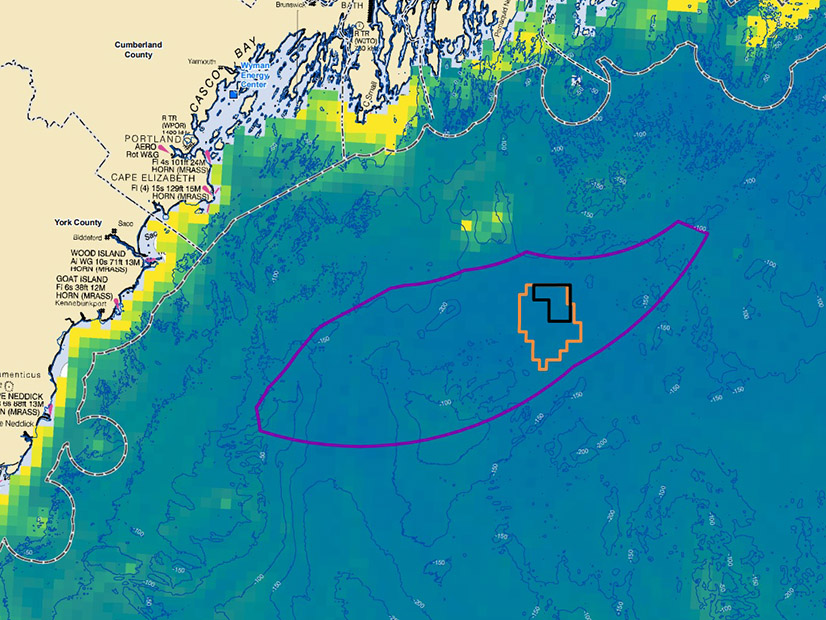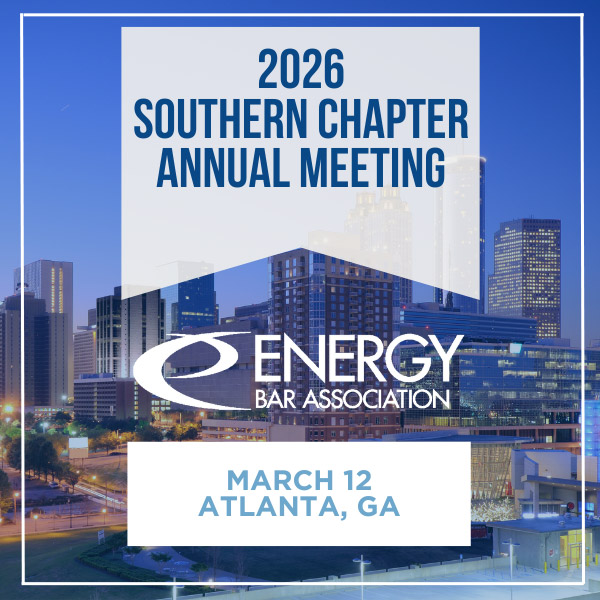Stakeholders Debate OSW Ban to 75 Nautical Miles off Maine Coast
OSW Roadmap Working Group Still Considering Final Recommended Distance

A document released by a working group of the Maine OSW roadmap initiative shows the group is considering a ban on OSW development 75 nautical miles from the coast. | Maine Governor’s Energy Office
Jan 30, 2022
A working document of the Maine Offshore Wind Roadmap initiative suggests possibly extending the state’s OSW ban to 75 nautical miles off the coast.

